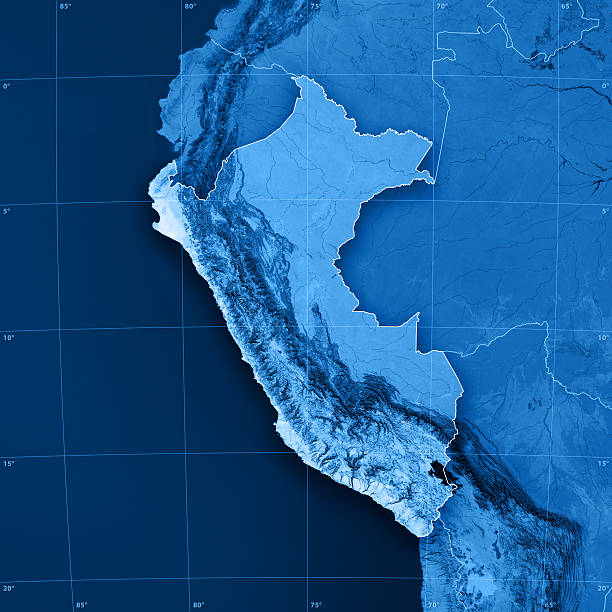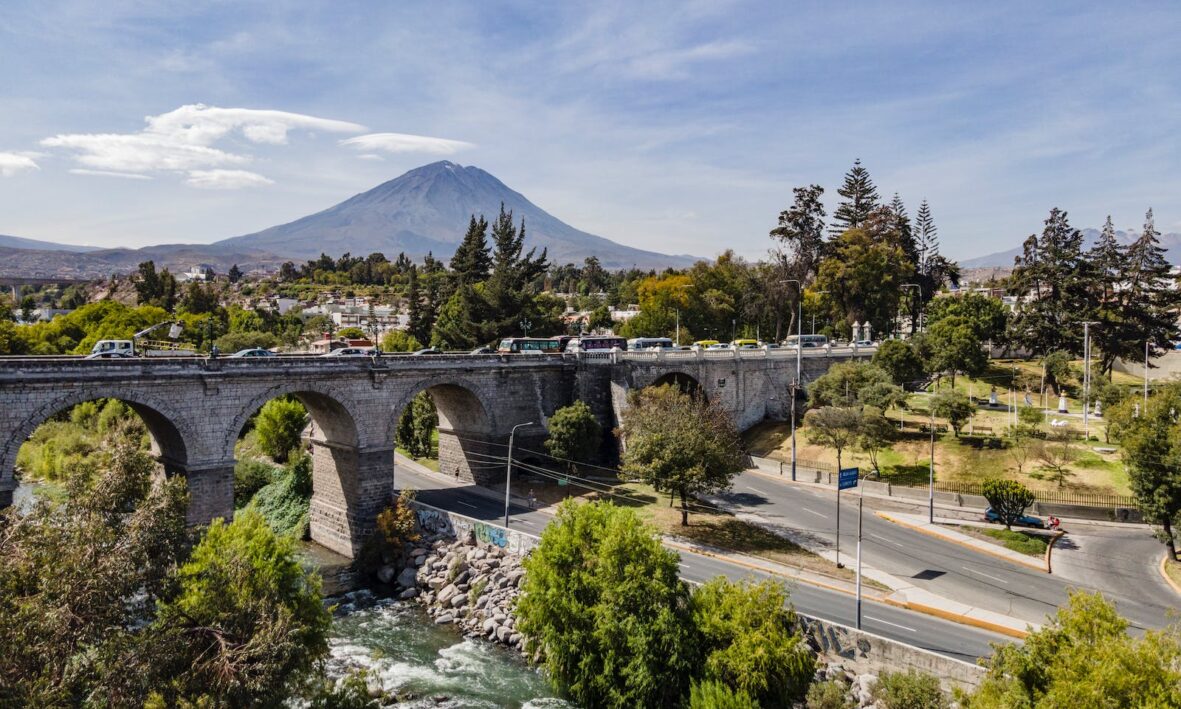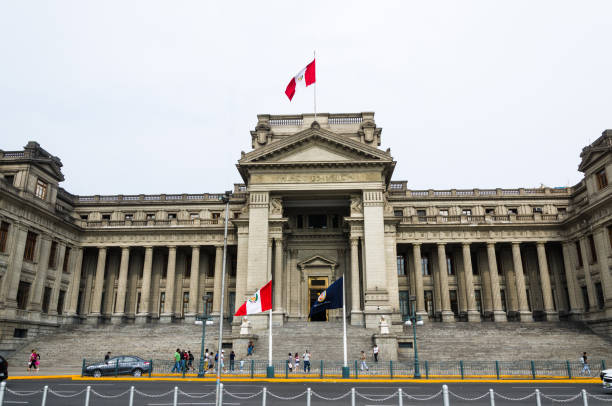Information of Peru

Peru occupies the west central area of South America, on the shores of the Pacific Ocean. It is the third largest country on the continent, covering 1,285,215.6 square kilometres (496,211.51 square miles), a surface greater than the combined territories of Spain, France and Germany. Peru is divided into three geographic regions:
Warm-semiarid climate along the coastline that includes superb natural beaches, mysterious deserts, fertile river valleys and exotic dry woodlands. The climate is mostly determined by the influence of the cold Humboldt Current, which runs along the coast from south to north, and weakens its influence in the northern areas of the country.
A region of varied terrain and temperate climate, dominated by the snow-capped peaks of the Andes rising 6,000 meters above sea level (masl), the highest of which is Mount Huascaran, at 6,768 masl (22,206 ft). It includes deep canyons such as the Colca and Cotahuasi, the two deepest on the planet; and high plains like the plateau of Collao, on the shores of the world’s highest navigable lake, Titicaca, at 3,810 masl (12,500 ft).
A region of tropical climate, lush vegetation, and abundant fauna that is part of one of the planet’s largest natural reserves. It is in the Peruvian Jungle that the Amazon River is formed at the confluence of the Maranon and Ucayali rivers. The Amazon is considered the largest river in the world by discharged volume of water.
Peru is organized into 24 regions (Amazonas, Anchas, Apurimac, Arequipa, Ayachuco, Cajamarca, Cusco, Huancavelica, Huanuco, Ica, Junin, La Libertad, Lambayeque, Lima-Provinces, Loret, Madre de Dios, Moqueguea, Pasco, Piura, Puno, San Martin, Tacna, Tumbers, and Ucayali), besides Callao Constitutional Province.
Temperatures and atmospheric cycles vary from one geographic region to another.
There are two clearly-defined seasons on the coast: summer (December-March), when temperatures can reach 27 degrees celsius (80 degrees fahrenheit); and winter (April-November), which is very damp and chilly, with temperatures falling to 12 degrees celsius (53 fahrenheit). Although it rarely rains on the coast, mist and drizzle are common during the winter. The far north coast enjoys sunshine all year round, with temperatures reaching 35 celsius (95 fahrenheit) in the summer.
The climate is dry and temperate, with two clearly defined seasons: the dry season (April-October), with sunny days, very cold nights, and scant rainfall (the ideal time to visit the Andes), and the rainy season (December-March). There is a sharp contrast in temperature between sun and shade, and temperatures can often vary widely during the same day, from 20 to 2 degrees celsius (68-35 fahrenheit).
The climate is tropical and humid. There are two well-defined seasons: the summer or dry season (April to October) with sunny days and temperatures above 30 degrees Celsius (86 Fahrenheit), and the rainy season (November-March) with frequent showers and high river levels.


Peru has a population of around 32 million people. The coast is home to 55.9% of the total population, the highlands 29.6% and the jungle 14.5%. Lima, Peru’s capital city situated on the coast, accounts for almost a third of total population, making it one of the largest cities in South America.
Peru is a democratic country with a unitary state and a presidential republic with a multi-party system. The current government was established by the 1993 Constitution and consists of three branches: the Executive, Legislative and Judicial.
The head of state is the President of Peru, who is elected by universal suffrage to a term of five years. The president cannot be re-elected for a second consecutive term. They personify the republic, is the head of the Executive branch, and is the supreme head of the Armed Forces and Police of Peru.
The Executive branch is led by the President of the Republic during a five-year term. He appoints the members of his/her cabinet, in addition to the prime minister. The cabinet consists of 18 Ministers led by the prime minister, and it is in charge of overseeing policy-making and implementation of the assigned sectors to each ministry.
Ministries:
The Legislative branch operates under a unicameral system known as the Congress of the Republic of Peru. Its 130 members are elected for a five-year term through universal suffrage, simultaneously as the election of the President. Each region of the country gets a number of seats proportional to its population.
The Judicial branch is a hierarchical system of courts, with the Supreme Court being at the top. The second level of the hierarchy is composed of 28 superior courts, one for each judicial district, which corresponds more or less with the 25 regions in Peru.
The president of the Supreme Court is the head of the Judicial Branch, and is elected on the first Thursday of December of every two years by secret vote of the Supreme Judges.
